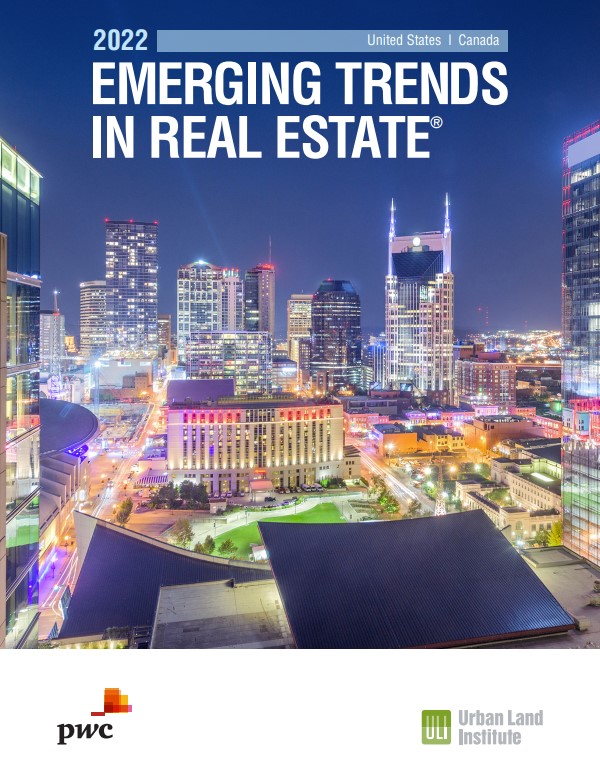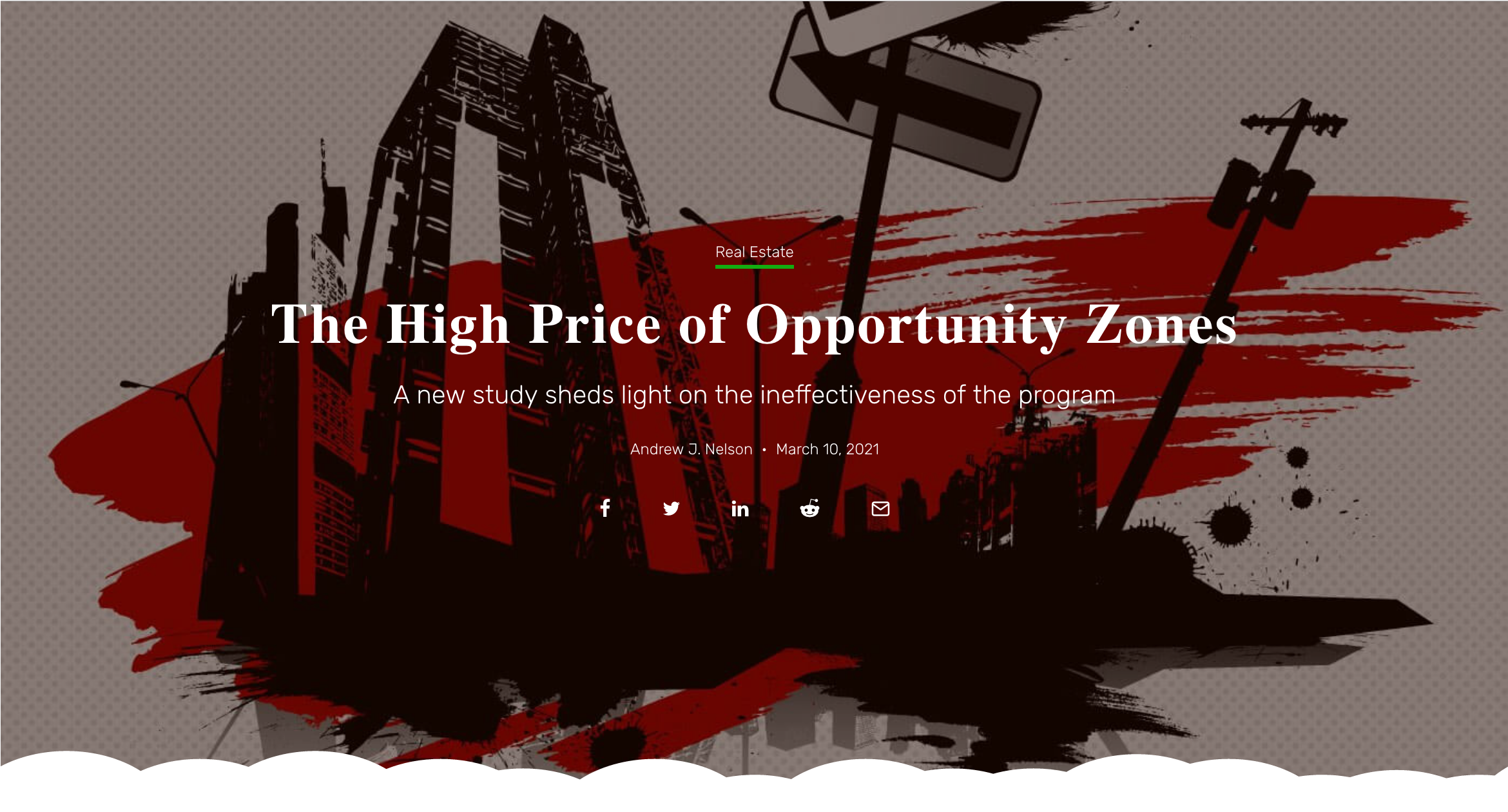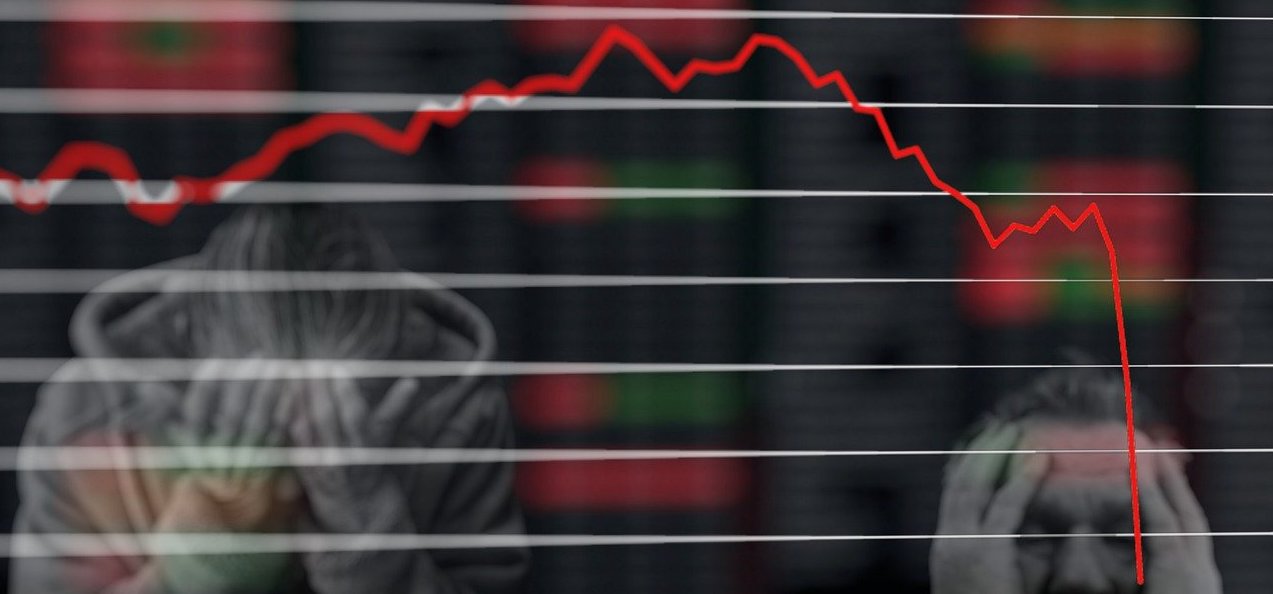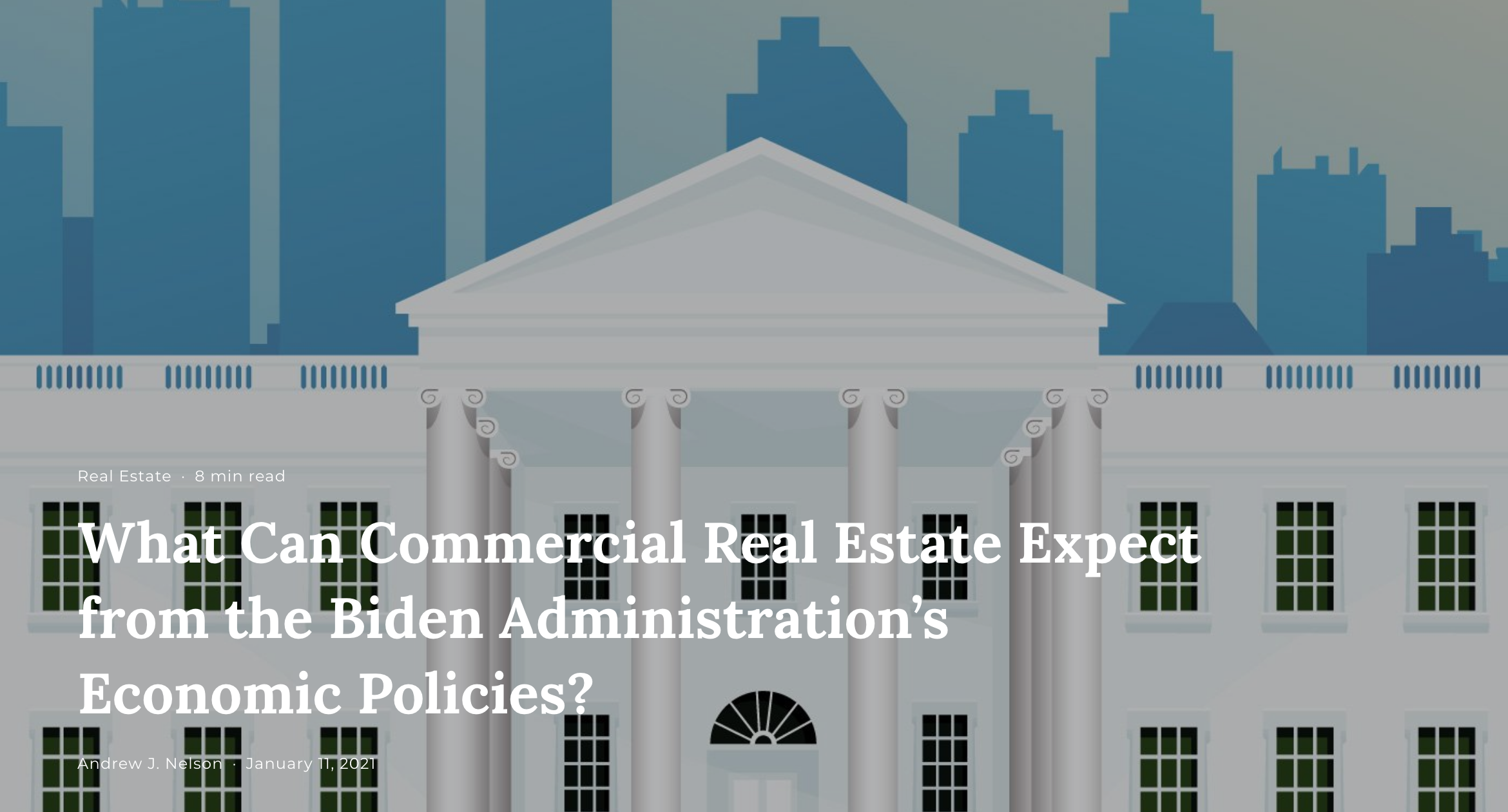I’m proud to have served as the lead writer for “Emerging Trends in Real Estate 2022” jointly released last week by the Urban Land Institute and PwC. Key themes in this year’s report: “Surprising Resilience, Booming Economy, Worrying Risks.” Following tradition, the report lays out ten top trends of relevance to the property sector including the impacts of working from home, growing climate change risks, and the changing urban landscape.
As is its hallmark, the report relies on interviews with industry leaders and experts to inform the analysis. “The theme that emerged more than any other during our interviews . . . was the surprising resilience of the economy and of property markets generally, inspiring greater confidence in our collective capacity to adapt to changing market conditions and future unknown risks.”
I also returned as the author of the retail property sector section, where I’m pleased to report that “the retail sector managed to survive the pandemic recession largely intact, if not quite the same.” Much has changed over the last 18 months, some accelerating trends predating the pandemic, some new developments. As I conclude: “In accelerating needed change, the pandemic perhaps forced the retail sector to confront intractable problems sooner, putting it on a better trajectory. But retailers and owners won’t have long to rest. More change is coming.”
I extend my appreciation to all the industry people who generously shared their insights with me. And special thanks to the report’s co-editors Anita Kramer of ULI and Andrew Warren of PWC who wisely guided the process and shaped the content.
A report overview and download is available on ULI’s website (gated for ULI members) here.
A summary of the report’s findings may be found on PwC’s website here.
Finally, the report is available for free download on PwC’s website here.









